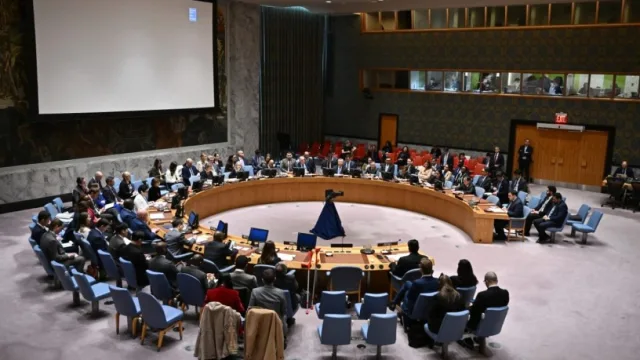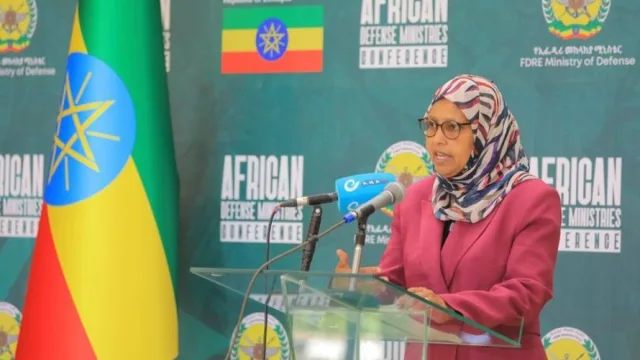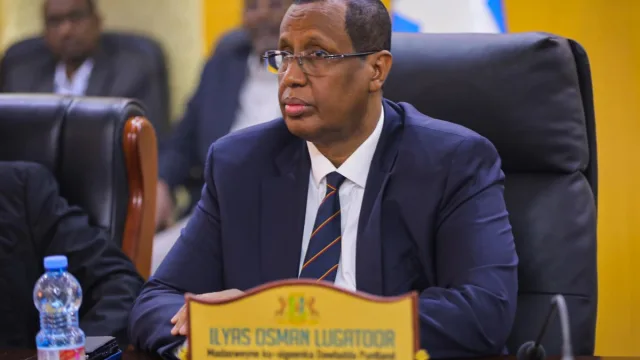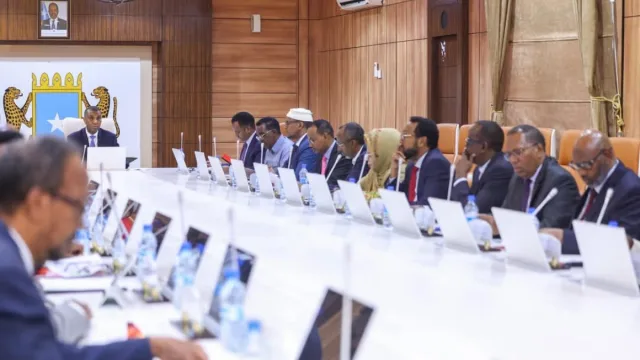Low agricultural production, caused by poor rainfall last year in Somalia’s self-declared republic of Somaliland, has…
 Low agricultural production, caused by poor rainfall last year in Somalia’s self-declared republic of Somaliland, has put at least half of its three million people at risk of food insecurity, agricultural officials warn.
Low agricultural production, caused by poor rainfall last year in Somalia’s self-declared republic of Somaliland, has put at least half of its three million people at risk of food insecurity, agricultural officials warn.
“We are very worried that the situation could get worse because last year the crop production in the western regions of Somaliland – particularly Awdal, Gabiley and Hargeisa – decreased so much compared to 2008,” Abdulkadir Jibril Tukale, director-general of the Ministry of Agriculture, said.
For example, Tukale said, Gabiley was the only region expected to record over 90 percent crop production, “which will provide some stocks for only the Hargeisa region, but Togdher and Awdal regions will depend upon food aid and loans”.
Mohamed Muse Awale, chairman of the National Environment Research and Disaster Preparedness Agency (NERAD), noted that in November 2009, government and NGOs estimated that the livelihood crisis caused by rain failure had affected at least 40 percent of the population; that figure, he said, had since risen to 50-60 percent.
District officials in Allaybaday, in the Midwestern Gabiley region, have expressed concern about the livelihood crisis following the recent rain failure in the Deyr and Gu seasons.
Hassan Abdi Ali, the mayor, said some 12,000 families in the district had been affected, many of them losing livestock.
“We are very worried about the livelihoods of these people because they have not received any support, other than about 120 families to whom we distributed some food items.”
Livestock dying
Hassan Abdi Abdillahi, an agro-pastoralist from Taysa area, north of Allaybaday, told IRIN: “I ploughed about five acres [2ha] that used to get me about 50 sacks [50kg] of maize and sorghum but this year my harvest produced only 15 sacks, which is very difficult to survive on in the forthcoming months with my family of 10 children.”
Abdillahi said agro-pastoralists previously used their livestock for meat and sold the milk, “but now we do not have animals; for this reason I am afraid that we will not survive until next season without support.
“Most of my animals, particularly cattle and sheep, died,” he said. “I had about 100 sheep; only 15 of them are now alive, the rest died due to the drought that was made worse by at least eight months of no rain at all.”
Ayan Ali Abdi, chairman of the Environmental Resource Development Organization – a civil society group working in midwest Somaliland – said: “Following an assessment by our organization, we know that people do not have the basic needs such as water and food as they did not receive any rain in the last two seasons.
“As a result, many people lack food and the affected agro-pastoralists may not have the means to cultivate their farms for the next season. Many need to be supported to restock their livestock.”
According to reports by the Food Security and Nutrition Analysis Unit (FSNAU) of the Food and Agriculture Organization, covering July-December 2009, at least 386,000 people in Somaliland were facing an acute food and livelihood crisis while about 54,000 were falling into a humanitarian emergency.
FSNAU said the food security situation had deteriorated in almost all pastoral and agro-pastoral livelihoods in the northwest of Somaliland.(IRIN)





